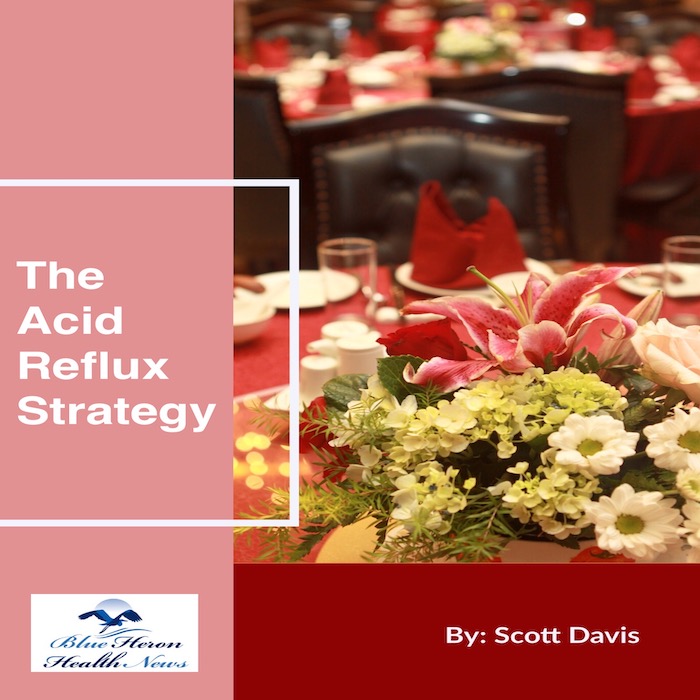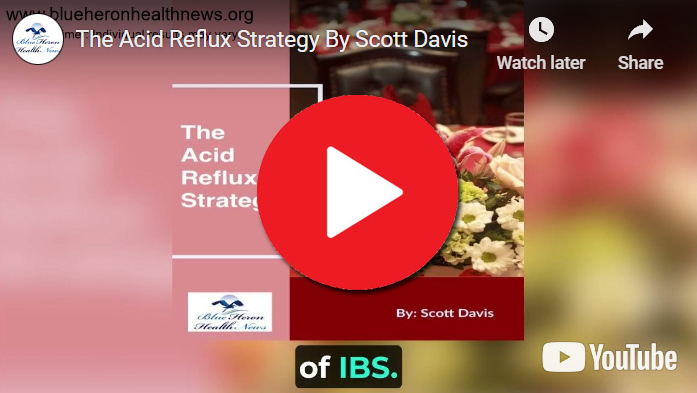
Acid Reflux Strategy™ By Scott Davis According to this eBook, you can start removing the symptoms of acid reflux and other similar problems just by making some changes in your diet, levels of stress, and lifestyle. It will guide you on how to change from the combination of food items to the sleep positions to relieve your problems. It also includes a list of food items you should focus on while shopping for it to find a natural treatment for your symptoms.
What role does obesity, common in the USA, play in acid reflux?
The Role of Obesity in Acid Reflux in the USA
Introduction
Obesity is a major public health issue in the USA, affecting millions of people. It significantly contributes to the incidence and severity of acid reflux, also known as gastroesophageal reflux disease (GERD). This document explores the mechanisms through which obesity influences acid reflux and the broader implications for public health.
Understanding Acid Reflux and GERD
1. Definition of Acid Reflux
- Acid reflux occurs when stomach acid flows back into the esophagus, causing irritation and symptoms such as heartburn, regurgitation, and discomfort.
2. Definition of GERD
- GERD is a chronic form of acid reflux characterized by frequent symptoms and potential complications, such as esophagitis, Barrett’s esophagus, and an increased risk of esophageal cancer.
Mechanisms Linking Obesity to Acid Reflux
1. Increased Intra-Abdominal Pressure
1.1 Mechanism
- Excess body weight, particularly around the abdomen, increases intra-abdominal pressure. This pressure can push stomach contents, including acid, up into the esophagus.
1.2 Consequences
- Higher intra-abdominal pressure leads to more frequent episodes of acid reflux and more severe symptoms.
2. Weakening of the Lower Esophageal Sphincter (LES)
2.1 Mechanism
- Obesity can cause the lower esophageal sphincter, the muscle that separates the stomach from the esophagus, to weaken or relax inappropriately.
2.2 Consequences
- A weakened LES allows stomach acid to flow back into the esophagus more easily, leading to increased acid reflux episodes.
3. Hiatal Hernia
3.1 Mechanism
- A hiatal hernia occurs when part of the stomach pushes through the diaphragm into the chest cavity. Obesity is a significant risk factor for developing a hiatal hernia.
3.2 Consequences
- Hiatal hernias exacerbate acid reflux by disrupting the normal functioning of the LES and increasing the likelihood of acid reflux.
4. Hormonal Changes
4.1 Mechanism
- Obesity is associated with changes in hormone levels, including increased production of leptin and decreased production of adiponectin. These hormonal changes can affect the function of the LES and increase acid production.
4.2 Consequences
- Hormonal imbalances can further contribute to the development and severity of acid reflux.
Epidemiological Evidence
1. Prevalence of Obesity and Acid Reflux
1.1 Statistics
- According to the Centers for Disease Control and Prevention (CDC), over 40% of adults in the USA are obese. Studies have shown that obese individuals are significantly more likely to suffer from acid reflux and GERD compared to those with a healthy weight.
1.2 Correlation
- There is a strong positive correlation between body mass index (BMI) and the prevalence of acid reflux symptoms. Higher BMI is associated with increased frequency and severity of symptoms.
Health Implications
1. Quality of Life
1.1 Impact
- Acid reflux can significantly reduce the quality of life, causing discomfort, sleep disturbances, and limiting dietary choices.
1.2 Mental Health
- Chronic acid reflux can lead to anxiety and depression due to persistent discomfort and disruption of daily activities.
2. Complications
2.1 Esophagitis
- Inflammation of the esophagus caused by acid reflux can lead to pain, difficulty swallowing, and increased risk of esophageal ulcers.
2.2 Barrett’s Esophagus
- A condition where the esophageal lining changes due to repeated exposure to stomach acid, increasing the risk of esophageal cancer.
2.3 Esophageal Cancer
- Chronic acid reflux and GERD are risk factors for developing esophageal adenocarcinoma, a type of cancer.
Management and Prevention
1. Weight Loss
1.1 Benefits
- Weight loss is one of the most effective strategies for reducing the frequency and severity of acid reflux symptoms. Even a modest reduction in weight can lead to significant improvements.
1.2 Methods
- Healthy diet, regular exercise, and behavioral changes are key components of a weight loss plan.
2. Dietary Modifications
2.1 Recommendations
- Avoiding high-fat foods, spicy foods, caffeine, alcohol, and large meals can help manage acid reflux symptoms.
2.2 Eating Habits
- Eating smaller, more frequent meals and avoiding lying down soon after eating can reduce the likelihood of acid reflux.
3. Medical Treatments
3.1 Medications
- Antacids, H2 blockers, and proton pump inhibitors (PPIs) are commonly used to manage acid reflux symptoms.
3.2 Surgical Options
- In severe cases, surgical interventions such as fundoplication may be considered to strengthen the LES and reduce acid reflux.
Public Health Implications
1. Awareness and Education
1.1 Importance
- Increasing awareness about the link between obesity and acid reflux can encourage individuals to adopt healthier lifestyles and seek medical advice.
1.2 Programs
- Public health programs that promote healthy eating, physical activity, and weight management can help reduce the prevalence of both obesity and acid reflux.
2. Healthcare Access
2.1 Accessibility
- Ensuring access to healthcare services for the diagnosis and treatment of acid reflux and obesity is crucial for managing these conditions effectively.
2.2 Support Systems
- Providing support systems such as weight loss programs, nutritional counseling, and behavioral therapy can assist individuals in achieving and maintaining a healthy weight.
Conclusion
Obesity plays a significant role in the incidence and severity of acid reflux in the USA. By understanding the mechanisms linking obesity to acid reflux and implementing effective management and prevention strategies, individuals can reduce their symptoms and improve their overall health. Public health initiatives focused on obesity reduction can have a substantial impact on decreasing the prevalence of acid reflux and its associated complications.
Acid Reflux Strategy™ By Scott Davis According to this eBook, you can start removing the symptoms of acid reflux and other similar problems just by making some changes in your diet, levels of stress, and lifestyle. It will guide you on how to change from the combination of food items to the sleep positions to relieve your problems. It also includes a list of food items you should focus on while shopping for it to find a natural treatment for your symptoms.
